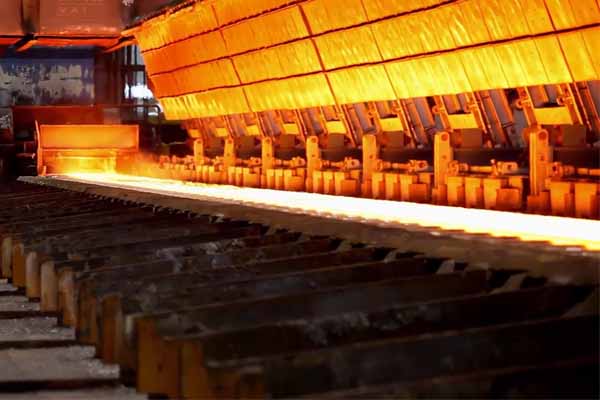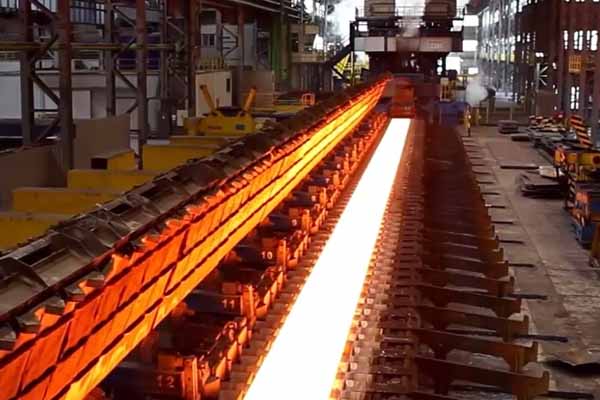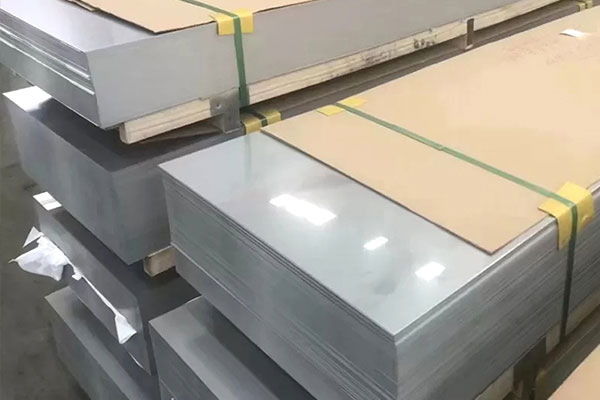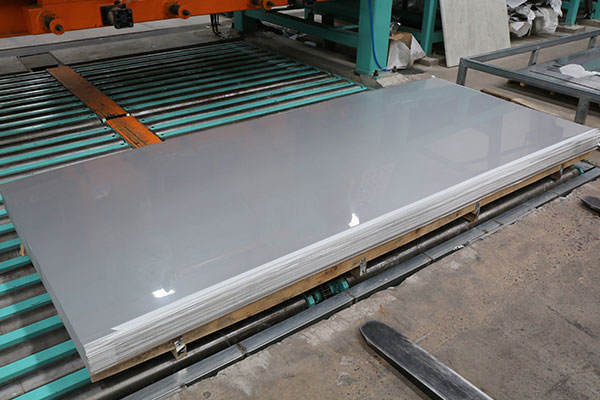Stainless steel, an indispensable material in modern industry and everyday life, relies heavily on its chemical composition and manufacturing standards for its performance, workability, and applicable applications. Globally, different countries and regions have established their own stainless steel standards, primarily including ASTM/ASME in the United States, EN (DIN) in Europe, JIS in Japan, and GB in China. These standards differ significantly in terms of chemical composition, mechanical properties, corrosion resistance, and application areas. This article provides a comprehensive comparative analysis of major international stainless steel standards from multiple perspectives to help users select the appropriate material based on their specific needs.
1. Overview of major international stainless steel standard systems
01. American Standards (ASTM/ASME)
Stainless steel standards developed by the American Society for Testing and Materials (ASTM) and the American Society of Mechanical Engineers (ASME) are widely used around the world, especially in the petrochemical, aerospace, and construction industries. Common standards include:
ASTM A240/A240M (pressure vessel and general purpose stainless steel plates)
ASTM A312 (seamless and welded austenitic stainless steel pipe)
ASTM A480 (General requirements for stainless steel plate, sheet, and strip)
The US standard usually uses UNS to classify stainless steel, such as 304 (S30400), 316 (S31600), etc., to facilitate international procurement and supply chain management.
02. European Standards (EN/DIN)
European standards (EN) are developed by the European Committee for Standardization and are highly compatible with German Industrial Standards (DIN). EN standards play an important role in international trade, especially in the automotive, machinery manufacturing, and construction industries. Common standards include:
EN 10088-2 (Stainless steel cold-rolled sheet and strip)
EN 10216-5 (Seamless stainless steel tubes for pressure purposes)
EN 10297-1 (Seamless stainless steel tubes for mechanical structures)
European standards use a numerical numbering system, such as 1.4301 (corresponding to 304) and 1.4404 (corresponding to 316L), and emphasize material traceability and environmental protection requirements.
03. Japanese Standard (JIS)
Japanese Industrial Standards (JIS) have a profound impact on the Asian market, especially in the electronics, automotive and precision manufacturing sectors. Common standards include:
JIS G4303 (stainless steel bars)
JIS G4304 (hot-rolled stainless steel sheets and strips)
JIS G3459 (stainless steel seamless pipe)
The JIS standard uses numbers + letters to name, such as SUS304 and SUS316L, which has a high correspondence with the ASTM standard, but some chemical compositions are slightly different.
04. Chinese Standard (GB)
China's national standards (GB) are localized in the production and application of stainless steel and are applicable to the construction, chemical and manufacturing industries. Common standards include:
GB/T 20878 (grades and chemical composition of stainless steel and heat-resistant steel)
GB/T 4237 (hot-rolled stainless steel sheets and strips)
GB/T 14976 (Seamless stainless steel pipes for fluid transportation)
GB standards correspond to international standards (such as ASTM and EN), but the chemical composition and mechanical property requirements of some brands may be different.
2. Comparative analysis of chemical composition
Stainless steel grades under different standards may have slight differences in chemical composition, especially key elements such as chromium (Cr), nickel (Ni), and molybdenum (Mo), which directly affect the corrosion resistance and mechanical properties of the material.
|
Standard
|
Typical grades
|
Cr (%)
|
Ni (%)
|
Mo (%)
|
Main Features
|
|
ASTM
|
304 (S30400)
|
18-20
|
8-10.5
|
-
|
Austenitic, corrosion-resistant, general purpose
|
|
|
316 (S31600)
|
16-18
|
10-14
|
2-3
|
Austenitic, resistant to seawater corrosion
|
|
EN
|
1.4301 (304)
|
17-19
|
8-10.5
|
-
|
Similar to ASTM 304
|
|
|
1.4404 (316L)
|
16-18
|
10-14
|
2-3
|
Ultra-low carbon, resistant to intergranular corrosion
|
|
JIS
|
SUS304
|
18-20
|
8-10.5
|
-
|
Similar to ASTM 304
|
|
|
SUS316L
|
16-18
|
10-14
|
2-3
|
Similar to ASTM 316L
|
|
GB
|
06Cr19Ni10 (304)
|
18-20
|
8-10.5
|
-
|
Corresponding to ASTM 304
|
|
|
022Cr17Ni12Mo2 (316L)
|
16-18
|
10-14
|
2-3
|
Corresponding to ASTM 316L
|
Key differences:
316L (ultra-low carbon) emphasizes low carbon (C≤0.03%) in both EN and ASTM standards to improve resistance to intergranular corrosion, while some JIS and GB standards may allow a slightly higher carbon content.
Duplex stainless steels (such as 2205) have more stringent chemical composition controls in EN and ASTM standards to ensure a good balance of strength and corrosion resistance.
3. Comparison of mechanical properties
Different standards have different requirements for the mechanical properties of stainless steel, such as yield strength, tensile strength, and elongation, which affects its applicability in structural parts, pressure vessels, and other fields.
|
Standard
|
Brand
|
Tensile strength (MPa)
|
Yield strength (MPa)
|
Elongation (%)
|
Typical Applications
|
|
ASTM
|
304
|
≥515
|
≥205
|
≥40
|
Food equipment, building decoration
|
|
|
316L
|
≥485
|
≥170
|
≥40
|
Chemical engineering, marine engineering
|
|
EN
|
1.4301 (304)
|
≥520
|
≥210
|
≥40
|
Mechanical manufacturing, pipelines
|
|
|
1.4404 (316L)
|
≥490
|
≥170
|
≥40
|
Pharmaceutical and food industries
|
|
JIS
|
SUS304
|
≥520
|
≥205
|
≥40
|
Home appliances, automobiles
|
|
|
SUS316L
|
≥490
|
≥170
|
≥40
|
Marine equipment
|
|
GB
|
06Cr19Ni10 (304)
|
≥520
|
≥205
|
≥40
|
Construction, chemical industry
|
|
|
022Cr17Ni12Mo2 (316L)
|
≥480
|
≥170
|
≥40
|
Environmental protection equipment
|
Key differences:
EN standards generally have slightly higher yield strength requirements and are suitable for structural parts with higher loads. ASTM and JIS are closer in elongation requirements and are suitable for applications requiring good formability.
4. Corrosion resistance comparison
The corrosion resistance of stainless steel mainly depends on the content of chromium (Cr), nickel (Ni), and molybdenum (Mo). Grades under different standards perform differently in acid, alkali, salt spray and other environments.
304 (1.4301/SUS304/06Cr19Ni10): Suitable for general corrosive environments, but prone to pitting corrosion in environments containing chloride ions (such as seawater).
316L (1.4404/SUS316L/022Cr17Ni12Mo2): Due to the molybdenum (Mo) content, it has stronger resistance to pitting and crevice corrosion and is suitable for marine and chemical environments.
Duplex stainless steel (such as 2205, UNS S32205/1.4462): combines the advantages of austenite and ferrite, with high strength and resistance to chloride stress corrosion cracking.
The corrosion resistance test methods may vary according to different standards, for example:
ASTM adopts ASTM G48 (pitting corrosion test) and ASTM G31 (acid resistance test).
EN adopts EN ISO 3651 (test for resistance to intergranular corrosion).
GB adopts GB/T 4334 (corrosion resistance test of stainless steel).
5. Comparison of application areas
|
Standard
|
Typical application areas
|
Advantages
|
|
ASTM
|
Petrochemical, aerospace, building curtain walls
|
Internationally used, mature supply chain
|
|
EN
|
Automobile manufacturing, mechanical engineering, medical equipment
|
High precision requirements and environmental compliance
|
|
JIS
|
Electronics, precision instruments, auto parts
|
Mainstream in the Asian market, high cost performance
|
|
GB
|
Construction, chemical industry, nuclear power
|
Comply with Chinese regulations and localize supply
|
 English
English Русский
Русский







